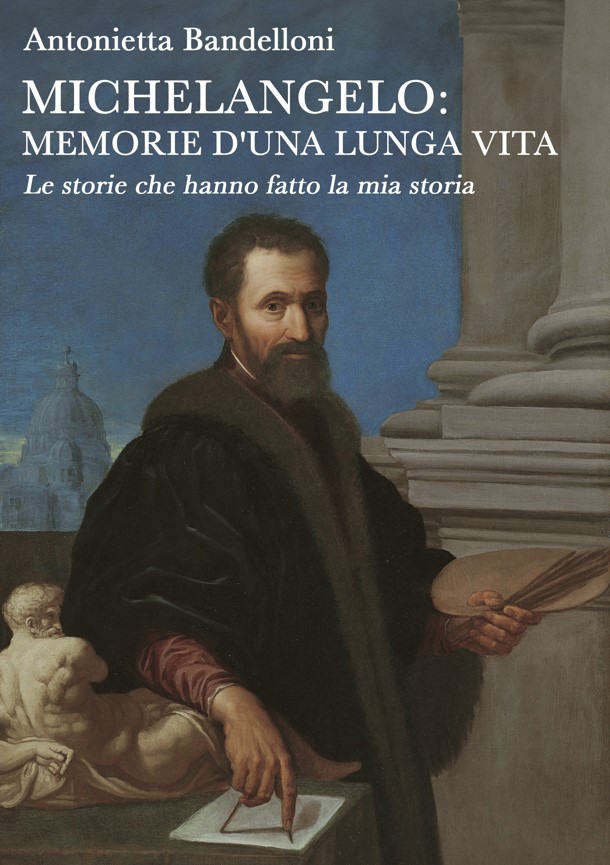Il falò delle Vanità del Savonarola
Alla fine del Quattrocento sullo scenario fiorentino aveva fatto la sua comparsa il frate domenicano Girolamo Savonarola, nato a Ferrara nel 1452. Il frate andava profetizzando sciagure per Firenze se presto non si fosse convertita a un modello di politica teocratica.
Le sue prediche carismatiche piene di enfasi facevano proseliti e anche uno dei mi’ fratelli iniziò a seguire a testa bassa senza ragionar troppo con la propria testa il Savonarola.

Dopo la cacciata dei medici la sua influenza aumentò a dismisura. Condannava il lusso e il suo culto e tutto ciò considerato da lui a insindacabile giudizio come vanità non è che facesse una gran bella fine.
Assieme ai suoi proseliti organizzava roghi in piazza per dare in pasto alle fiamme tutte quelle cose a detta sua futili ma che futili non lo erano per davvero se si pensa a libri, opere d’arte, tessuti preziosi finemente ricamati e altri capolavori andati perduti per sempre.
Il Rogo delle Vanità più celebre fu quello organizzato 7 febbraio del 1497. Era un martedì grasso e migliaia di fiorentini capeggiati dal Savonarola, arrivarono in processione a Piazza della Signoria per dare fuoco alla pira alta trenta braccia nella quale furono bruciati dipinti, gioielli, codici miniati, strumenti musicali e molti atri oggetti ancora di gran valore.
Pensate che addirittura il Botticelli stesso buttò su quel rogo dipinti suoi: di quei dipinti non sapremo mai nulla. Un mercante veneziano aveva offerto 20mila ducati per portar via le opere più preziose prima che venissero distrutte ma la sua proposta fu rigettata.
Quell’enorme falò costò carissimo al frate perché poco a poco il dissenso cominciò a serpeggiare anche fra i savonaroliani più convinti. Nel giorno dell’Ascensione, durante il suo sermone, iniziarono i disordini e Savonarola perse sempre di più potere.
Papa Alessandro VI lo scomunicò e da quel momento non ebbe più vita tanto facile. All’alba del 23 maggio fu messo sul rogo in Piazza della Signoria, la stessa piazza che anni prima aveva visto andare in fumo tante opere d’arte e oggetti preziosi tutti assieme.
Il mio caro amico Giorgio Vasari descrisse il rogo in questo modo: “il carnovale seguente, che era costume della città far sopra le piazze alcuni capannucci di stipa et altre legne, e la sera del martedì per antico costume arderle queste con balli amorosi… si condusse a quel luogo tante pitture e sculture ignude molte di mano di Maestri eccellenti, e parimente libri, liuti e canzonieri che fu danno grandissimo, ma particolare della pittura, dove Baccio portò tutto lo studio de’ disegni che egli aveva fatto degli ignudi, e lo imitò anche Lorenzo di Credi e molti altri, che avevon nome di piagnoni”.
Se volete approfondire la conoscenza di Savonarola e conoscere il contenuto delle sue prediche, vi consiglio questo libro che trovate QUA, scritto da Donald Weinstein. Il sempre vostro Michelangelo Buonarroti e i suoi racconti
The bonfire of the Vanities of Savonarola
At the end of the fifteenth century the Dominican friar Girolamo Savonarola, born in Ferrara in 1452, had made his appearance on the Florentine scene. The friar was prophesying disasters for Florence if she did not soon convert to a model of theocratic politics.
His charismatic sermons full of emphasis attracted proselytes and even one of my brothers began to follow Savonarola with his head down without thinking too much with his own head.
After the expulsion of the doctors, his influence increased dramatically. He condemned the luxury and the cult of him and all this considered by him to unquestionable judgment as vanity is not that it had a very good end.
Together with his proselytes he organized fires in the square to feed all those things to the flames which he said were futile but which were not really futile if one thinks of books, works of art, finely embroidered precious fabrics and other masterpieces that have been lost for always.
The most famous Pyre of the Vanities was the one organized on February 7, 1497. It was a Shrove Tuesday and thousands of Florentines led by Savonarola, arrived in procession to Piazza della Signoria to set fire to the thirty-arm high pyre in which paintings, jewels, codes were burned. miniatures, musical instruments and many other objects still of great value.
Just think that even Botticelli himself threw paintings of him on that stake: we will never know anything about those paintings. A Venetian merchant had offered 20 thousand ducats to take away the most precious works before they were destroyed but his proposal was rejected.
That huge bonfire cost the friar dearly because little by little dissent began to spread even among the most convinced Savonarolians. On Ascension Day, during his sermon, the riots began and Savonarola lost more and more power.
Pope Alexander VI excommunicated him and from that moment on he didn’t have such an easy life. At dawn on 23 May he was burned at the stake in Piazza della Signoria, the same square that years earlier had seen so many works of art and precious objects all together go up in smoke.
If you want to deepen your knowledge of Savonarola and know the content of his sermons, I recommend this book that you find HERE, written by Donald Weinstein. Always yours Michelangelo Buonarroti and his stories

Sostienici – Support Us
Se questo blog ti piace e ti appassiona, puoi aiutarci a farlo crescere sempre più sostenendoci in modo concreto condividendo i post, seguendo le pagine social e con un contributo che ci aiuta ad andare avanti con il nostro lavoro di divulgazione. . ENGLISH: If you like and are passionate about this blog, you can help us make it grow more and more by supporting us in a concrete way by sharing posts, following social pages and with a contribution that helps us to move forward with our dissemination work.
5,00 €













1 commento »